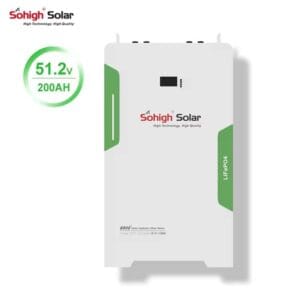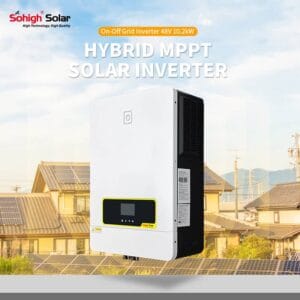What is solar energy used for?
There are many solar technologies that harness the energy of the sun. The two main ways of harnessing the sun’s energy are photovoltaics and solar thermal capture. Photovoltaic technology is more commonly used for small-scale power generation projects (such as residential solar panel installations), while solar thermal capture is usually only used for large-scale power generation of utility solar installations. In addition to generating electricity, cooler solar-thermal projects can be used for heating and cooling.
Solar energy is one of the fastest growing and cheapest sources of electricity in the world and will continue to gain popularity rapidly in the coming years. As solar technology improves each year, so does the economics of solar energy, adding environmental benefits to choosing a clean, renewable energy source. In the coming years, we can expect more and more solar and wind energy to enter the mix at large-scale power plants, helping to reduce our nation’s greenhouse gas emissions and combat climate change.
Photovoltaic Solar Energy
One common way homeowners harness solar power is with a photovoltaic (PV) solar system. In a solar photovoltaic system, solar panels (also known as solar modules) convert sunlight into electricity that you can use immediately, store in solar cells, or send to the grid to be deducted from your electricity bill (depending on your location).
Solar panels convert solar energy into usable electricity through a process known as the photovoltaic effect. Incoming sunlight hits the semiconducting material (usually silicon) in the solar cell, breaking up the electrons, setting them in motion and creating an electrical current that can be captured with wires. This current is known as direct current (DC) and needs to be converted to alternating current (AC) using a solar inverter — that’s because most of the U.S. electrical grid runs on alternating current, as do most household appliances.
Solar power can be harvested on a variety of scales through photovoltaic technology, and installing a solar system is a smart way to save money on your electricity bill while reducing your reliance on non-renewable fossil fuels. Large businesses and utilities can also benefit from photovoltaic solar energy by installing large solar arrays to power company operations or provide energy to the grid.
Solar Thermal Energy
The second way to utilize solar energy is to directly capture the heat radiated by the sun and use this heat as solar thermal energy. Solar thermal has wider uses than photovoltaic systems, but using it to generate electricity on a small scale is not as practical as using photovoltaic systems.
There are generally three types of solar thermal energy: low temperature for heating and cooling, medium temperature for heating water, and high temperature for power generation.
Low Temperature
Low-temperature solar thermal systems involve heating and cooling air as a means of climate control, for example in passive solar building designs. In properties built for passive solar use, sunlight is allowed into living spaces to heat an area, and blocked when that area needs cooling.
Medium Temperature
The medium temperature solar system includes a solar hot water heating system. In a solar hot water setup, heat from the sun is captured by collectors on your roof. This heat is then transferred to the water flowing through your home’s pipes, so you don’t have to rely on traditional methods of water heating like oil or gas water heaters.
High Temperature
High temperature solar thermal systems use concentrated solar power (CSP) to generate electricity on a larger scale. In a solar thermal plant, mirrors focus sunlight onto pipes containing a well-insulated fluid. This heated liquid evaporates water into steam, which then turns turbines and generates electricity – all using concentrated sunlight!








